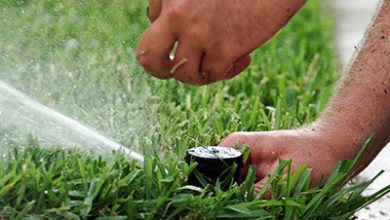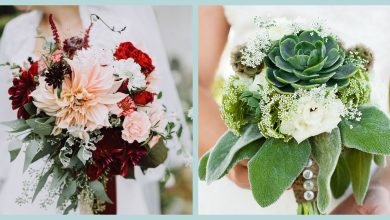Dracaena Massangeana: [Cultivation, Care, Pests and Diseases]
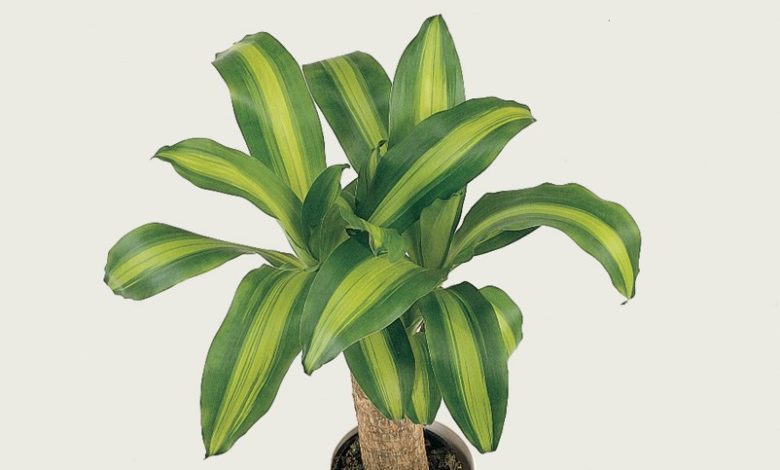
The Dracaena Massangeana is a beautiful plant that can be used for interior decoration.
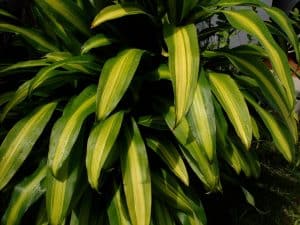 It is also called Brazil trunk or Brazil wood. The dracaena gets along very well with the most uncomfortable corners of homes, which gives it a special value.
It is also called Brazil trunk or Brazil wood. The dracaena gets along very well with the most uncomfortable corners of homes, which gives it a special value.
But the fundamental thing is that there are more than forty types of dracaena, so there is a good variety to choose from. Let’s see everything about her.
What is the dracaena massangean?
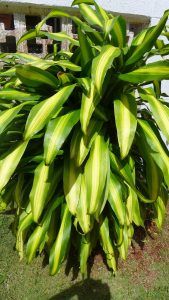 The dracaena (Dracaena Fragans Massaangena) is a tropical plant of African origin. Since ancient times it has been used as an indoor plant, due to its undeniable beauty and its perfect adaptability to the shade.
The dracaena (Dracaena Fragans Massaangena) is a tropical plant of African origin. Since ancient times it has been used as an indoor plant, due to its undeniable beauty and its perfect adaptability to the shade.
It has a robust bearing and bears a particular resemblance to palm trees, although it does not belong to this family. Dracaenas can be obtained in various sizes, so they will be able to adapt to small or large spaces.
However, caution should be exercised in homes where pets live because it could be toxic to dogs and cats.
Where should we plant it?
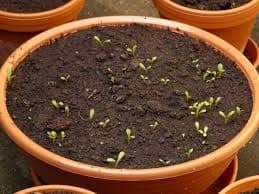 The dracaena must be planted in a pot that has ample space necessary for the normal development of its roots.
The dracaena must be planted in a pot that has ample space necessary for the normal development of its roots.
That is, its roots should not be restricted by a small space, hence the importance of a pot with an appropriate size.
Likewise, you must have special soil for indoor plants. This type of land is not a luxury, it is vital for the good health of our dracaena. The dracaena must be transplanted every three years in spring to keep it healthy.
To give it a better appearance, it is advisable to keep it in an area where a stake can be used and thus ensure that the branches are straight. It is very important to plant it with a substrate that has a third of compost for indoor plants.
It is advisable to make a bed with small stones and balls of clay at the bottom, this for good drainage. It is necessary to prevent the water from rotting the roots.
When should the dracaena massangeana be cultivated?
The dracaena should be cultivated during the spring, since it does not support the cold very well. The ideal temperature will be the one that oscillates between 17 and 25 ° C.
Being at home, it is preferable to place it near a window facing west or south (so it receives moderate sunlight). However, it is worth knowing that it can survive in dark places.
How do we prepare the land?
The dracaena needs a nutritious soil mixture, for this it can be combined with a third of compost. It is advisable to also use a mixture of soil for green plants.
It is to remember that for a more efficient drainage, it is necessary to place balls of clay or small stones at the bottom. Let’s not forget that the roots should be prevented from rotting due to overexposure to water.
How to plant a dracaena massangeana step by step?
Cut one of the branches
The planting of the dracaena is done by cuttings. The correct way is by cutting one of the branches of an adult dracaena. Said branch is stripped of leaves.
Put the branch in water
Then it is put into running water, until it takes root or appears. Once our bare branch has roots, it can be transplanted.
Transplant
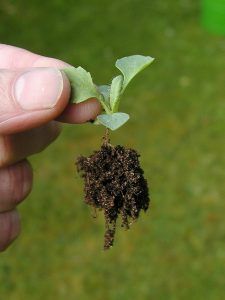 It is worth noting that the dracaena can be transplanted into pots, but it can also be done in the garden. In case of doing it in the garden, be aware that this plant should receive a low to moderate amount of sunlight.
It is worth noting that the dracaena can be transplanted into pots, but it can also be done in the garden. In case of doing it in the garden, be aware that this plant should receive a low to moderate amount of sunlight.
The best time to take the cutting of the dracaena is during the spring; although there are those who maintain that in autumn it is also possible to do it.
This technique for planting dracaena by cutting is also called layering. If we want the dracaena for indoors, we obviously have to be very aware of its size.
The normal thing is that this plant does not exceed a meter and a half. But if it were to exceed its height and touch the ceiling, it will be necessary to transplant.
What care do you need?
 Watering should be moderate. You also can not wet the foliage of the plant. It should be watered every four to five days in spring and summer.
Watering should be moderate. You also can not wet the foliage of the plant. It should be watered every four to five days in spring and summer.
The correct way is to apply the water in two portions, letting the surface dry after the first. It should be borne in mind that in spring and summer the plant grows, so adequate watering is vital.
During autumn and winter, watering should be less; half in autumn and a quarter in winter. Every 10 to 15 days liquid fertilizer should be applied (in small amounts). This between October and March.
Likewise, special care must be taken with the place where the dracaena is placed; since the more sunlight hits it, the more water it will need.
What pests and diseases attack the dracaena massangeana?
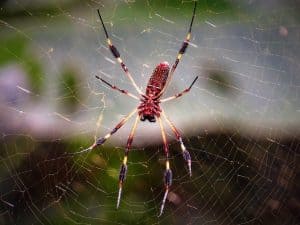 Among the most common diseases that dracaenas suffer from are yellowing and discolored leaves. This is due to low light or high water.Among the pests that attack this plant are spider mites.
Among the most common diseases that dracaenas suffer from are yellowing and discolored leaves. This is due to low light or high water.Among the pests that attack this plant are spider mites.
Which cause falling leaves and dry appearance in the dracaena. The very constant fall of the leaves is also due to the location of the dracaena in an excessively cold place.
This plant does not tolerate cold. But you have to be observant and attentive, since many times the fall of its leaves is due to a process of renewal of these.
The key that defines whether or not there is something wrong with the fall of the leaves is that they are not renewed. Also another natural enemy of the dracaena is the cottony mealybug, this appears as a cotton film that covers the leaves.
To combat it, it is necessary to carefully clean each leaf with a cloth moistened with alcohol and then rinse with running water. Following these steps, we will make our dracaena look perfect every day of the year.
Bibliography and references
- Bird, Christopher; Tomkins, Peter. (2017). The secret life of the plants. Captain Swing Books. Madrid Spain.
- Cortes Enriquez, Gonzalo. (1994). Agricultural Atlas of Costa Rica. Editorial of the Distance State University (EUNEC). San Jose Costa Rica.
- Herrera, Franklin; Bulak, Victor J.; Alvarado, Mark. (1993). Chemical control of weeds in Indian cane (Dracaena fragans cv. massangeana) in Alajuela, Costa Rica. Costa Rica university. Reproduced from: http://repositorio.ucr.ac.cr/bitstream/handle/10669/78753/1Herrera-Dracaena.pdf?sequence=1&isAllowed=y
- Guillot Ortiz, Daniel; Der Meer, Piet Van. (2008). Keys to the genus Dracaena Vandelli ex Linné in the Province of Valencia. Oroiberico Foundation. Valencia Spain. Reproduced from: https://dialnet.unirioja.es/descarga/articulo/2774993.pdf
- White, Monica; Valverde, Roberto; Gomez, Louis. (2004). Micropropagation of Dracaena deremensis. Costa Rican agronomy. Costa Rica university. San Jose Costa Rica. Reproduced from: http://www.redalyc.org/articulo.oa?id=43628101

![Photo of Pruning rose bushes: [Reasons, Season, Tools and Steps to follow]](https://www.complete-gardening.com/wp-content/uploads/2022/08/pruning-rose-bushes-reasons-season-tools-and-steps-to-follow-390x220.jpg)
![Photo of Ergot of Rye: [Characteristics, Cultivation, Diseases and Meaning]](https://www.complete-gardening.com/wp-content/uploads/2022/08/ergot-of-rye-characteristics-cultivation-diseases-and-meaning-390x220.jpg)
